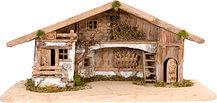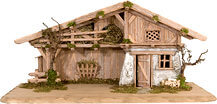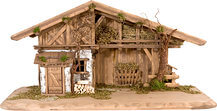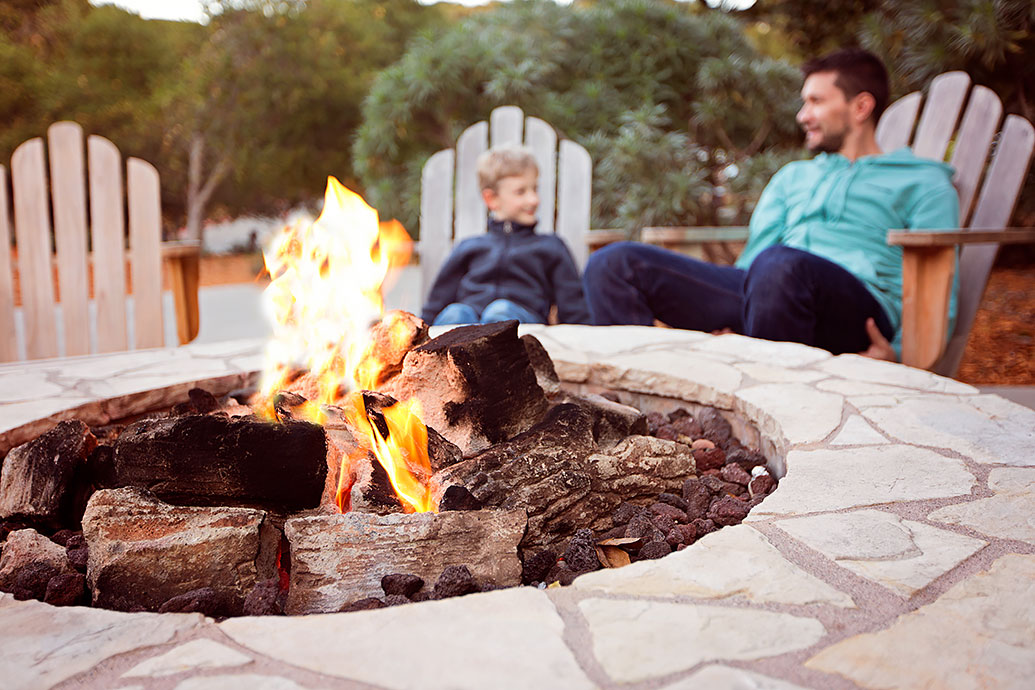The spruce or fir is sometimes called "bread tree of Central European forestry", a title that already gives an indication of the great importance of this widespread wood, with very special properties. In the Alps and low mountain ranges, the spruce is by far the most common tree. In western Germany, the proportion of spruce is as high as 30% of the total forest area.
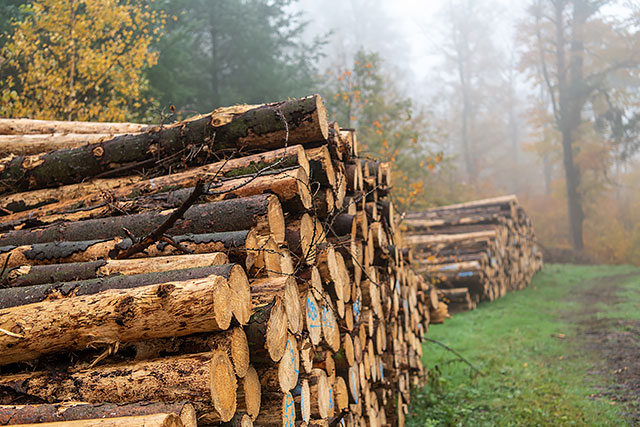
Table of contents
Spruce
The botanical name of the conifer is 'spruce' or, in Latin, 'Picea abies'. Worldwide, there are many species of spruce that are used. In central Europe, only the common spruce is native.
Spruce trees can live up to 300 years and about 50 metres in height. The top of the spruce tree tapers upwards and in good conditions the roots penetrate deep into the ground and branch out widely. On poorly ventilated soils, the spruce tree forms a root ball that is only about 20-30 centimetres deep, which is why spruce trees are particularly affected by wind inclination in unfavourable locations.
The evergreen spruce is easy to recognise due to its reddish trunk. The trunk has a diameter of around one metre, rarely reaching up to two and a half metres. Every 3-6 years, the spruce forms cones.
Spruces grow quickly and thrive in open spaces. They have a great ability to establish themselves against fast-growing vegetation in the form of grasses, ferns or berries. The relatively large shade tolerance also ensures that the spruce feels at home in different locations. Spruce play a crucial role in the reforestation of devastated areas.
What does the spruce look like?
Fresh spruce wood can be recognised very well by its strong resinous smell. It is uniformly bright, almost white or yellowish-white. Externally and in terms of properties, it is similar to spruce. The influence of light causes spruce to darken to a brownish-yellow tone.
The annual rings of spruce can be narrow to very wide and clearly visible. The longitudinal section shows the striations typical of softwood. Resin channels and cracks can usually be seen clearly. When planed, spruce has a dull sheen. Heartwood and sapwood do not differ in colour.
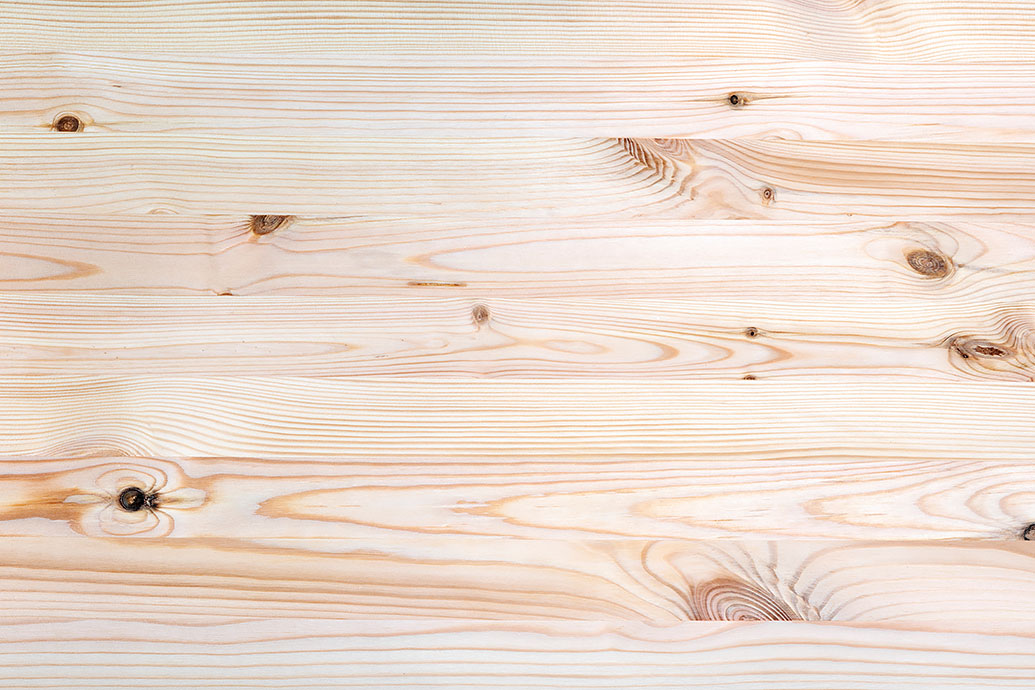 The longitudinal section of spruce wood shows the stripes typical of softwood. Resin channels and mesh holes are usually clearly visible.
The longitudinal section of spruce wood shows the stripes typical of softwood. Resin channels and mesh holes are usually clearly visible.What are the properties of spruce wood?
Spruce has a very soft, medium-weight wood type. The average gross density is 470 kg/m³, the moisture content 12-15 per cent. The greater the width of the annual ring, the lower the density. As the mechanical properties decrease with density, only wood with a tree ring width between 4 and 6 millimetres is permitted as structural timber.
Despite its low structural density, spruce is generally regarded as a type of wood with excellent mechanical properties. Since untreated spruce wood breaks down quickly, it is particularly important when using it outdoors to dry it thoroughly and to protect the fronts well from water. Chemical protection is also possible. Spruce should not absorb much water so that it is well protected against fungal attack.
Spruce is light and elastic at the same time. That is why the wood is also particularly suitable for use in construction. Spruce wood shrinks moderately and has excellent strength after careful drying. Only low-quality spruce wood with strong twisted growth shows deformation.
How can spruce be processed?
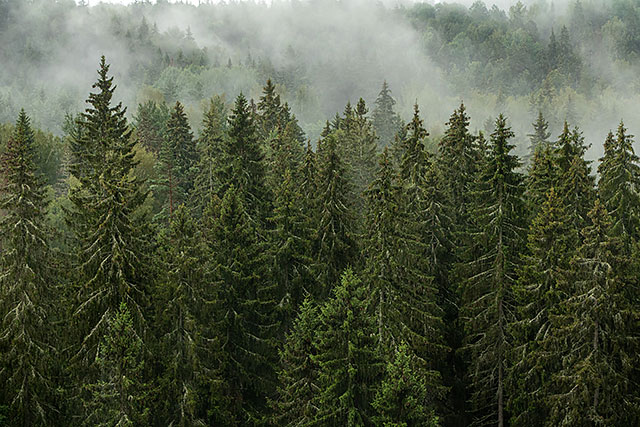 A typical spruce forest
A typical spruce forestDue to its low weight, its elasticity, its soft structure and its load-bearing capacity, spruce wood can be processed very well both by hand and by machine. Almost any tool can be used. The fewer large branches there are, the easier it is to work. Spruce can be glued very well and holds screws and nails very well.
What is spruce wood used for?
Spruce wood is used both as a construction material and to generate energy. It is commercially available in round logs, as veneer and in the form of glued structural elements. Due to its good workability and high availability, it is the most widely used construction timber in Europe. It is used, among other things, for roof structures and also in bridge construction and industry.
Spruce is also the material of choice for interior design: from built-in furniture to ceiling tiles to saunas; there are many things that make a cosy interior made of spruce wood. Despite its low resistance to weathering, it is also used outdoors: fences, window frames and doors. Spruce wood is indispensable in industry: pallets, wood-based materials and paper are largely made from domestic spruce. It is not only of interest as a mass-produced product but, grown uniformly and without knots, is also appreciated internationally in instrument construction.
Crib stables
Most of our crib stable are made of high-quality spruce wood.
More posts
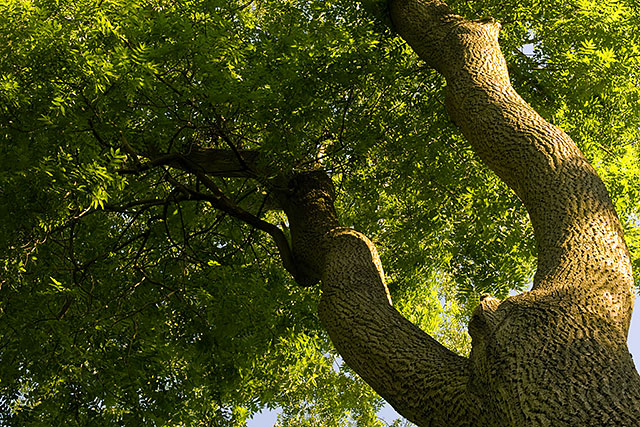
Ash wood
The manufacturers make use of the special properties of ash wood for bent parts in the construction of boats, furniture and sports equipment. In our online store we offer a beautiful Christmas crib entirely hand-carved made of ash wood, the Fabulous Nativity Scene.
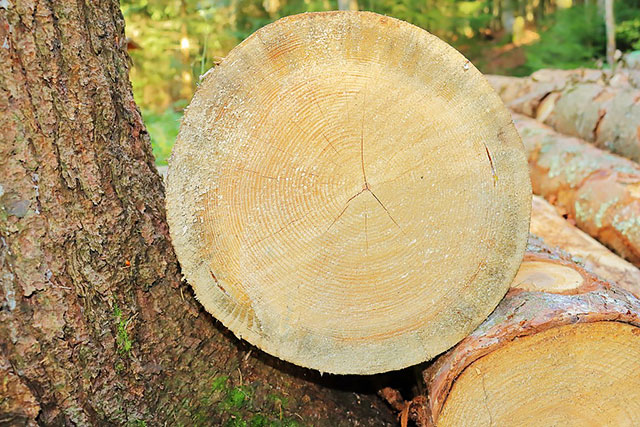
Yew wood
If the yew tree really has magical powers, as is said many times, we cannot be sure. However, this article about the tree, which has become rare in this country, and its precious wood, contains many interesting facts that will amaze you.
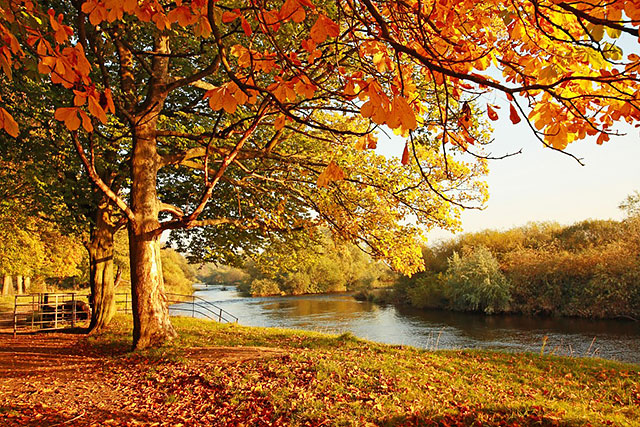
Chestnut wood
The chestnut trees are beautiful trees. Children love to make pretty little chestnut trees that they picked themselves. Chestnut wood is also of extraordinary beauty and can be worked in many ways. To learn more about chestnut wood click here!

